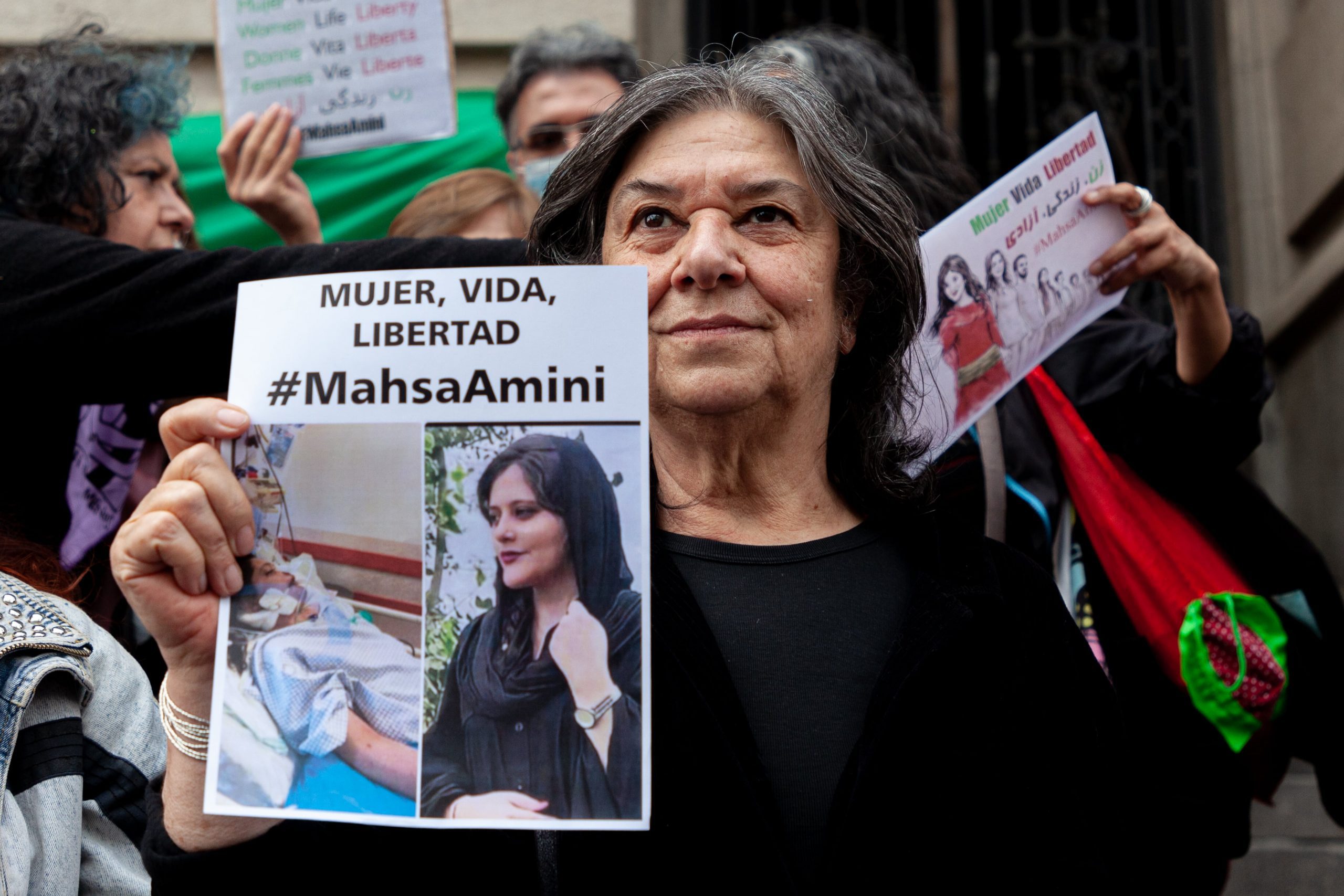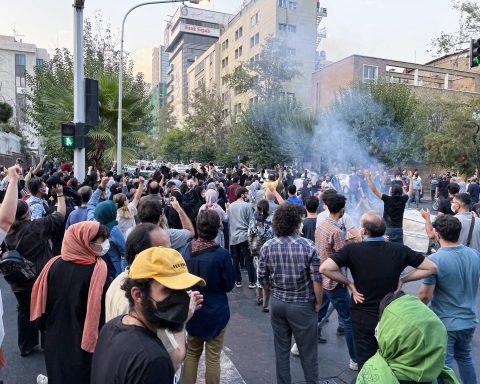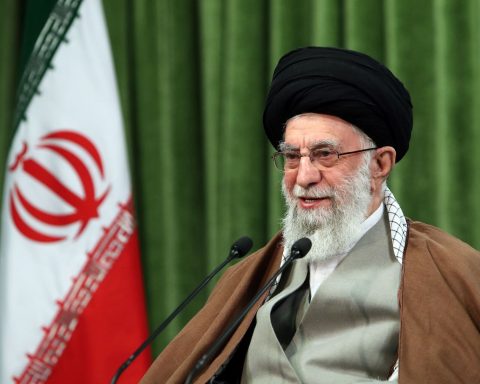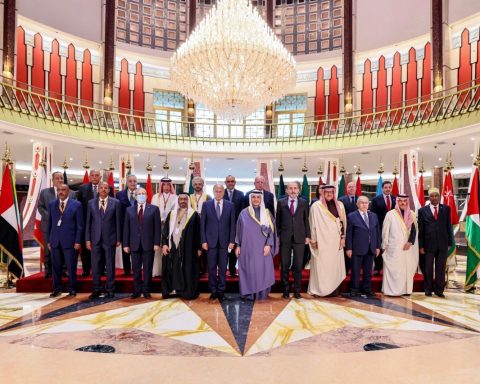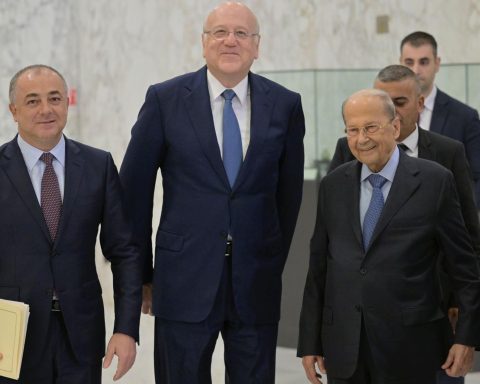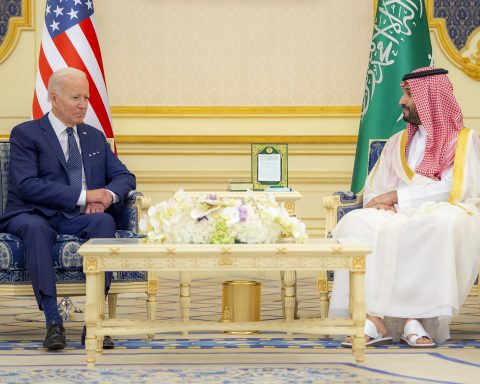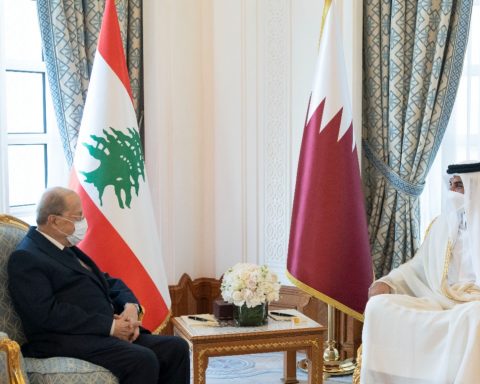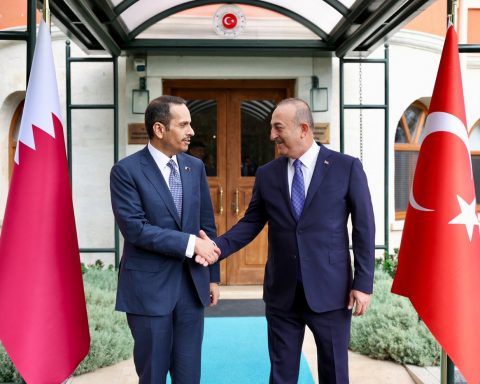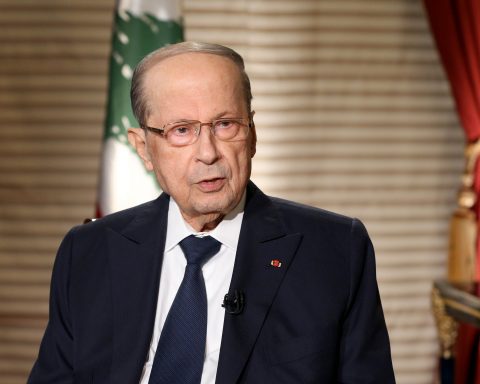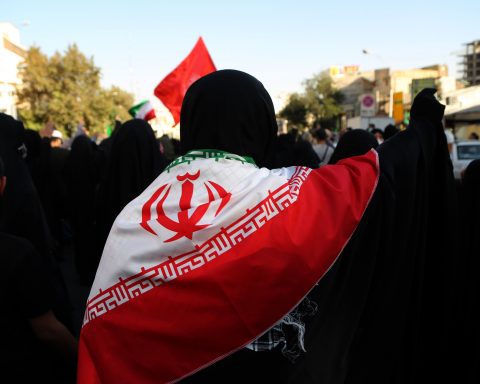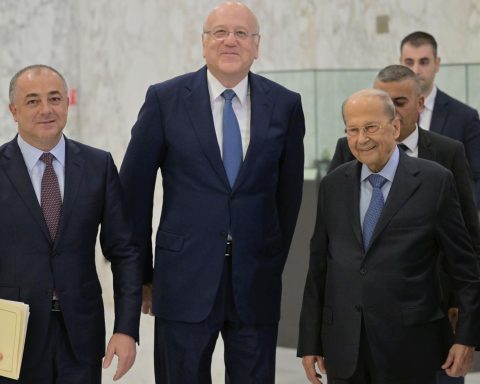Demonstrations that started in Iran after 22-year-old Mahsa Amini was taken to the hospital after being taken into custody by the Gasht-e-Ershad on the grounds that she “did not comply with the headscarf rules” and died on September 16, once again brought Iran to the forefront of the international community’s agenda. The protests that started with the demands for women’s rights in Iran turned into ethnopolitical actions in the Kurdish provinces of Iran, caused by Amini’s Kurdish roots. These actions have gained a similar nature in the regions where Azerbaijani Turks live. In addition, through these actions, the streets of Iran have become a place for the unemployed and unemployed youth to express themselves uncontrollably. The actions in Iran, where ‘gender’ and ‘nationalism’ intersect, deserve to be considered more broadly as grassroots resistance for women’s and minority rights against the oppressive regime and its male domination. Recent protests can be read as a struggle for freedom, especially against intersecting forms of oppression on the basis of gender, religion, and ethnicity. Of course, as in previous protests in Iran, illegal organizations such as the People’s Mojahedin Organization, the PJAK, the KDPI, and the Komala Party are trying to manipulate the street and make room for themselves in the protests. However, this should not lead to the ignorance of long-standing sociological tensions and the spatial narrowing of politics in Iran. Concern about “women’s rights” in Iran, as elsewhere in the Muslim Middle East, has become an enduring metaphor for modernity. However, talking about women’s rights in Iran requires addressing broader historical processes that take into account the power relations inherent in this problem. Seeing only the reductionist understanding of Islam at the root of the oppression of women in Iran hinders the understanding of the genealogical problem and fuels Islamophobia. In addition, the media reduce the demand-oriented and egalitarian actions of the Iranian women’s movement against the regime to an angry movement and rebellion. It should not be forgotten that the women’s movement in Iran has a century-long history.
The Islamic Revolution in Iran, which puts a woman on the stage in a veil, has made it the political symbol of its revolt against the Western world and the secular Shah regime. The Iranian Revolution did not substitute secular ideologies like the French or Russian revolutions but ideologized Islam. Therefore, for the Iranian administration, Islam is not only a religion but also the ideology of the regime. Thus, the changing of the dress code serves as an indication to the world of the reconstruction of a cultural essence that had been rejected by the previous regime. As a matter of fact, Ayatollah Mahmoud Taleghani, one of the leading figures of the revolution, says, “We want to show that there is a revolution, a deep change in Iran,” while calling on women to wear chadors. Taleghani’s statement shows that the female body has become politicized for revolutionary rule beyond religious concerns. In cases where anti-Westernism predominates, as in the example of the Iranian revolution, the veil can become a symbol of rejection of the Western cultural model and an expression of Islamic identity. However, the problem in Iran is that it is forcibly imposed on the public sphere by the state. There is no difference between forced “opening” in the example of Turkey in the 90s and forced “closure” in the example of post-revolution Iran. The main concern in both is the struggle for “cultural power” in the public sphere. This situation has been legitimized as an effort by the Iranian regime to “moralize” the public sphere.
The Islamic Revolution in Iran undoubtedly established an identity between Islam and the woman in the chador. As Nilufer Gole has stated, it is the revolutionary women in black veils who engrave the revolutionary uprising of the masses into the memory of the Western world. Afterward, the most visible symbol of a revolution that most women would oppose was the black chador. Paradoxically, while the Islamic Revolution brought women to the fore, the black chador, which symbolizes the return to Islamic traditions, has also become a symbol of women’s active participation in political demonstrations. The image of a passive-mild, obedient, traditional woman, submissive to her destiny, has been broken by revolutionary women who are active, demanding, and even activists, leaving the closed personal world of their home and participating in collective mass movements. In fact, after the revolution in Iran, there is no area left in the public sphere where women have not shown a serious and courageous presence. Therefore, it is seen that women have a strong presence in other movements such as the student movement, labor movement, reform movement, and protest movements. The results of this reality are employment, education, resource utilization, health, rights, etc. It has become the needs and demands of women. It is clear that the social and legal equality of women should be brought to the agenda after awareness and sensitivity have increased. The spokespersons for these demands are middle-class women. The characteristics of middle-class women in Iran are that they are generally educated, they read the news, they follow it, they are not satisfied with the current order, and they express their objections when necessary. It is seen that middle-class women mostly participate in protests that express social and political demands for their constitutional rights, as they feel excluded in terms of their social and constitutional rights. However, when protests focus on economic demands, we see fewer of them in the squares and poor and deprived men are more likely to participate.
Between 1979 and 1982, the policy of Islamization led to the gradual imposition of the veil and the expulsion of a significant number of secular women from political and social life, with many of them immigrating to Western countries. Thus, the 80s were a decade of silence for women’s rights due to the violent suppression of political dissidents and the war with Iraq. While the Iranian government made it obligatory for women in public service to wear a chador after the revolution, in 1983, it made it a crime against public morals to go out without a headscarf. However, in practice, many women objected to the imposition of the veil. The headscarf has always been pushed forward or ostracized, especially by women who were born after the revolution and adopted a secular lifestyle. The fact that people remained silent about the post-revolutionary veiling and opposed it in practice lies in the ideology and policies of the old regime. Reza Shah Pahlavi implemented a policy of “opening up” as part of his modernization project. A 1936 law criminalized wearing a chador or wearing any headscarf other than a European hat in public. Women wearing traditional Iranian veils were arrested and their veils were forcibly removed. Since then, the veiling issue has become a deep wound in the collective consciousness of Iranian society.
As Ziba Mir-Hosseini has identified, the liberal cultural policies of Mohammad Khatami, who became president in 1997, fed a free and polyphonic press and created a wave of criticism against the ideological construction of state policies. Policies and issues that were previously considered taboo are now being published and discussed one by one in the reformist press. Discussing the imposition of the headscarf immediately after the revolution was one of those red lines that no one dared to cross, and no criticism of official policy was tolerated. In contrast to other areas of women’s rights, there was no meaningful discussion of the veil. Even a daring journal like Zenan took care to avoid the headscarf issue in its criticisms of the construction of gender rights in Islamic law. However, after 1997, with the opening of the political space and the expansion of the rights discourse, the debate over the headscarf issue, which had been successfully suppressed since the revolution, was reborn. She published a series of articles in the reformist press questioning the legitimacy of the headscarf imposition policy and pointing out its incompatibility with the new freedom discourses advocated by the reformist government. While the 2000s were a period when awareness of women’s rights became more widespread, the Ahmadinejad period witnessed much greater objections in this direction. Especially in the Green Movement in 2009, the role of women was great. At Jürgen Habermas’s conference on modernism at Tehran University on May 14, 2002, many women in the conference room listened to his speech and said that Iran’s future belongs to women. It is possible to say that, after twenty years, middle-class educated women will have the greatest impact on the future of Iranian society.
In conclusion, the “ideal woman” and “ideal society” utopias of the revolution could not be successful despite all the sociological engineering. This is because even some intellectuals who contributed to the realization of the revolution in Iran today seek new ways to tolerate the autonomy of religion and politics and demand self-limitation of the utopian fiction of Islamic society. But the obligation to cover one’s head in the public sphere is still the Iranian regime’s red line.

